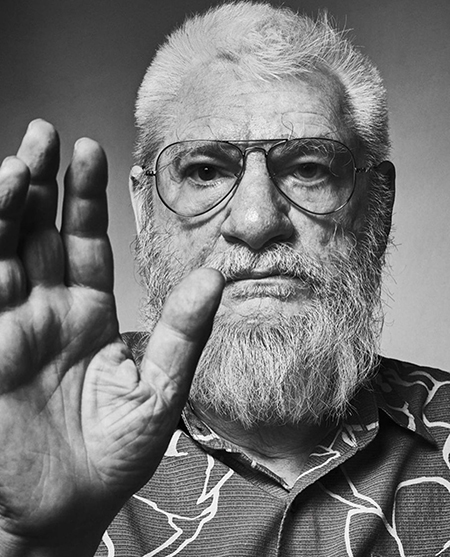Dan the Lawgiver. It made me laugh. Requiescat in Pacem.
Dan: here, and here, and here,
So the new baroque Modernism, on its own terms, without defense or rationalization (the language of “baroque specialization”) manifests an ethic not of utopian idealism but of description: of the realities of how we live, of capital and commerce, and of our perceptions of ourselves as actors within the world both define. Glass is everywhere again but now reflection is as important as transparency and the distinction between object and reflection becomes difficult to judge. Solids become light. Talking to younger architects a few years ago about who first began using glass as it’s being used now, I was told that in architecture proper, it was probably the Dutch firm Coop Himmelblau, and before that, Dan Graham. Before that however, and no one mentioned it, it was Jaques Tati, in Playtime.
Architecture is obliged to give simple pleasures before complex ones (even more so than the fine arts are obliged to flatter the wealthy). We may enjoy reading about infernos or even having pictures of them on our walls but it’s still perverse to have a cocktail party in the boiler room. Graham’s use of reflectivity was intended originally to be emotionally disturbing, the sense of disembodiment linked to one of isolation and even terror, and Tati’s response was cooler but no less critical. Life has acclimated us so much to the splintering if not the obliteration of self in the endless reflectivity of mirrors and markets that it’s now an aspect of the popular sense of architectural pleasure. And the architects I talked to remember discovering Graham’s pavilions, and responding to them instantly, in their late teens or early 20s; recognizing what they already understood.
Have to say this worked out.


No comments:
Post a Comment
Comment moderation is enabled.